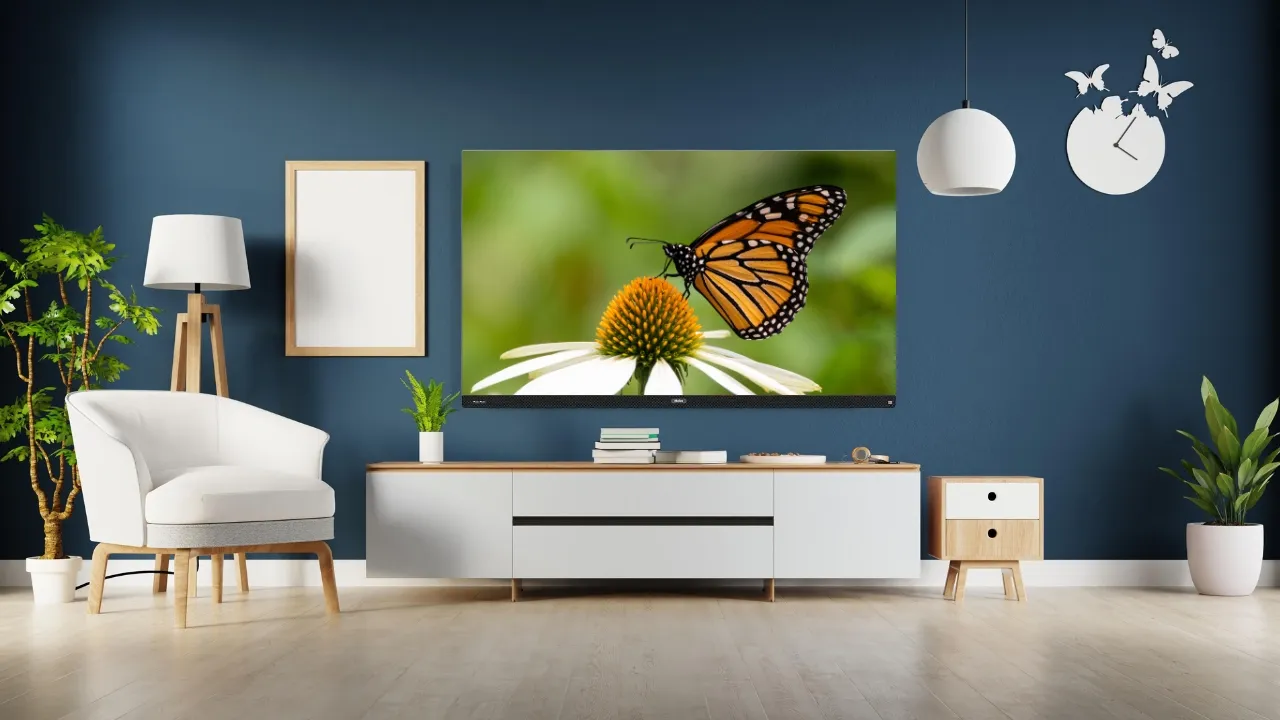In today’s fast-paced technological world, buying a new television set can seem like wandering lost through a maze of jargon and specifications which are hard to understand. With terms like 4K, OLED and HDR flooding the market, it is easy to get confused or even overwhelmed by these options. But do not worry! This guide will break down these technologies for you and enable you to make an informed decision that suits both your needs and budget.
Getting Started: What Are 4K, OLED And HDR?
Before we get into details, let us first take a look at what these terms mean in general.
4K Resolution: More Pixels For Clearer Pictures
Also referred to as Ultra HD – UHD or UHDTV – 4K is any display resolution which has approximately four thousand pixels along its horizontal side. In other words, it has twice as many rows as well as columns when compared to full high definition television sets (FHD or FHD TV) which typically come with about two million pixels arranged in a 1920 x 1080 line pattern. This gives viewers much crisper images because they are able to see more details due to the increased number of dots on the screen.
Haier 140cm (55) Google TV With Google Assistant -M55UG is 4K LED TV with features such as:
- 4K UHD resolution for sharp, detailed images
- MEMC 60Hz for smooth, blur-free motion
- Google Assistant built-in for voice control
- Dolby Audio for immersive surround sound
- 2GB RAM + 32GB storage for smooth performance
- Google TV for personalized content recommendations
- dbx-tv audio enhancement for optimized sound
OLEDs- New Generation Screens!
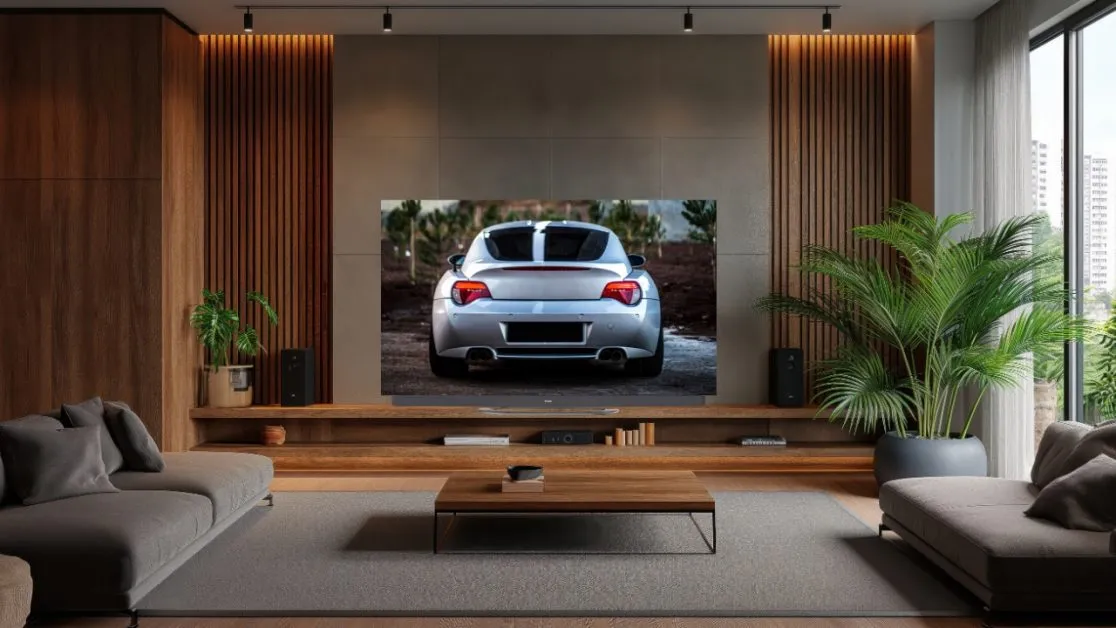
OLED stands for organic light-emitting diode. It is a type of LED in which the emissive electroluminescent layer comprises a film containing an organic compound that emits light in response to an electric current.
Haier OLED 165cm (65) Google TV – 65C11
Features
- OLED display with 120Hz refresh rate for vibrant colors and deep blacks.
- Dolby Vision IQ and Dolby Atmos for optimized picture and immersive sound.
- 50W Harman Kardon speakers deliver rich, balanced audio.
- MEMC 120Hz motion smoothing for fast action scenes.
- Hands-free Google Assistant voice control.
- Personalized recommendations with Google TV.
- 32GB storage and 3GB RAM for smooth performance.
- Game mode with VRR and ALLM for optimized gaming.
- dbx audio enhancement for more immersive sound.
High Dynamic Range (HDR): Shading With More Light
High dynamic range imaging (HDRI) is a technique used in imaging and photography to reproduce a greater luminosity level than standard methods. This allows for more contrast between the lightest white and darkest black within an image while still keeping all necessary details intact across the entire tonal range.
Haier 108cm (43) Google TV With Google Assistant – LE43K800GT is HDR TV with features:
- Full HD resolution for crisp, detailed visuals
- HDR and HLG for enhanced color, contrast and brightness
- Google Assistant voice control
- Dolby Audio 20W surround sound
- 1.5GB RAM + 8GB ROM for smooth performance
- Chromecast built-in for easy content streaming
- Google TV for personalized recommendations
- dbx-tv audio enhancement technology
Is 4k Really Worth It?
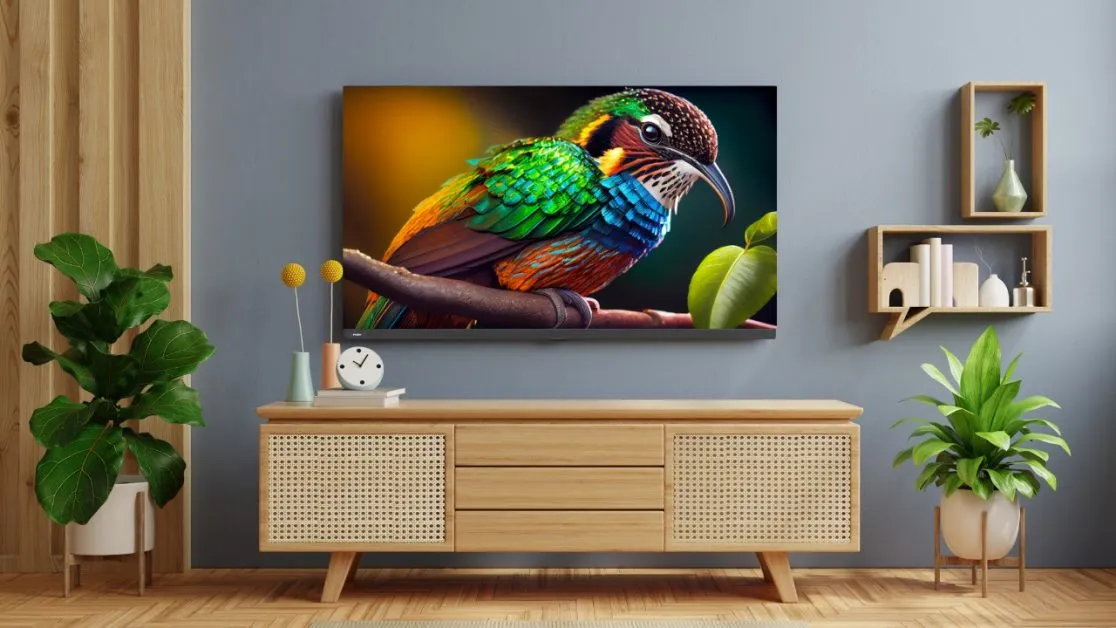
The introduction of 4K resolution has been one of the biggest things to ever happen to the television industry since color was introduced. But is it really worth all this hype?
Well, yes and no depending on how you look at things. Here are some reasons why people think so:
- More detailed images – twice as many rows and columns compared with FHD TV sets means that there will be four times as many dots displayed per unit area, resulting in much sharper pictures where individual pixels become invisible unless viewers come very close to them.
- Enhanced viewing experience – Unlike previous resolutions such as 720p or 1080i which could only offer good quality if watched from a certain distance away, UHD allows users to sit closer to large screens without being able to discern separate pixels, thus making each frame seem like a continuous seamless picture.
- Future proofing investment – Over time, broadcasters will increase coverage areas with most if not all of these regions transmitting their programs using a signal format called ultra high definition television (UHDTV) standard which requires receivers capable of handling such signals, but current models do not support it. Hence those who buy now won’t need to replace later when everybody else starts migrating.
OLED: Best Display Technology Till Date
OLED is the future of screen technology. Such TVs have better picture quality than any other type available in the market today because they are capable of producing true black colors and infinite contrast ratios, among many more advantages over LED or LCD panels.
- Perfect blacks – Since each individual pixel can be turned completely off, OLEDs achieve perfect blacks which means there’s no light at all being emitted from areas where it shouldn’t, thus resulting in much deeper shades compared to traditional backlit displays (LCDs).
- Wide viewing angles – Unlike some types of LEDs which suffer significant loss of brightness and contrast when viewed from sides other than straight ahead, an organic light emitting diode display will maintain its full performance even if you’re sitting right next to someone who sees everything perfectly well.
- Ultra thinness & flexibility – These screens are so thin that they can bend like paper allowing designers to create truly unique shapes never seen before such as rollable televisions or wrap-around monitors.
- Immediate response times: OLED pixels can change state almost instantly, which is why they are great for sports or action movies with fast-moving content.
HDR: Adding Depth and Realism
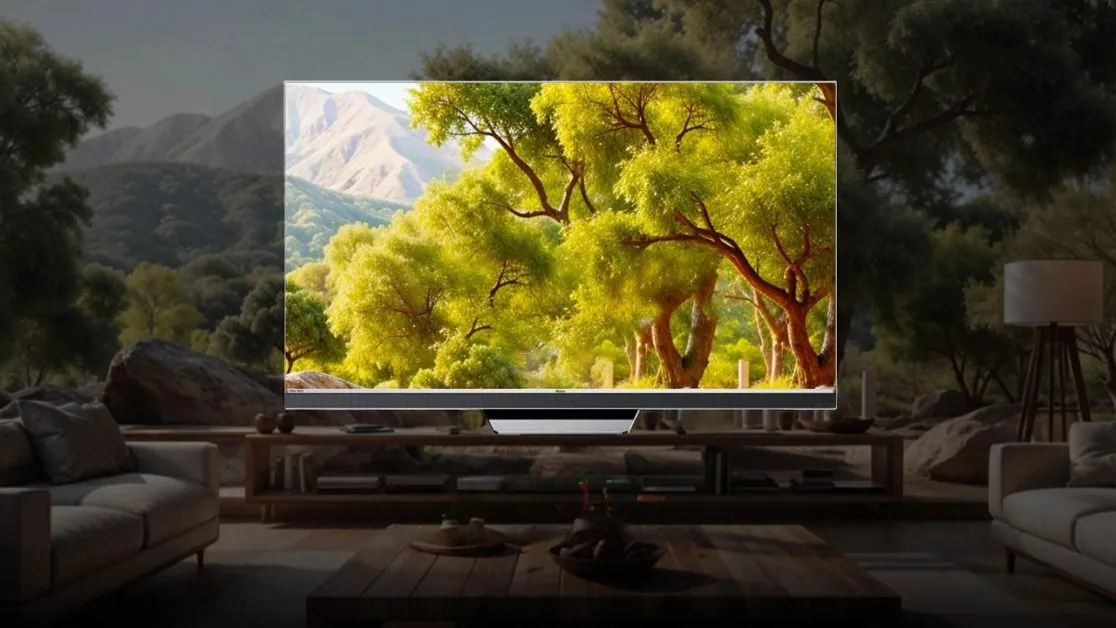
HDR technology takes your viewing experience to the next level by expanding the range of both contrast and color — here’s why it matters:
- More realistic images: HDR allows for a wider range of brightness and color, resulting in more natural-looking pictures.
- Detail in bright and dark areas: HDR preserves detail in both the brightest highlights and darkest shadows, bringing out nuances that may be lost on standard displays.
- More vivid colors: With a wider color gamut, HDR content can show richer, more saturated colors without looking unnatural.
It’s worth noting that you need an HDR-capable TV as well as HDR content to see the full benefit of this technology. But don’t worry — more and more movies, TV shows and games are being released with HDR support.
Haier India: Quality Meets Innovation
When looking for a new TV set, take some time to check out what Haier India has on offer. They have been known throughout their history not only for producing high-quality goods but also pushing boundaries when it comes down to technological advancements like 4K resolution displays combined with HDR support – all within one sleek device!
The company designs its products around Indian customers’ needs, so you know they won’t let durability slip through their fingers either. These LED TVs are built tough enough to meet any challenge yet still remain affordable too, thanks in large part to pricing tiers which start off with small screen sizes going up towards bigger ones, all coming complete with full HD capabilities – the perfect balance between value and price point!
Mini LED TV : A Smart Choice these Days
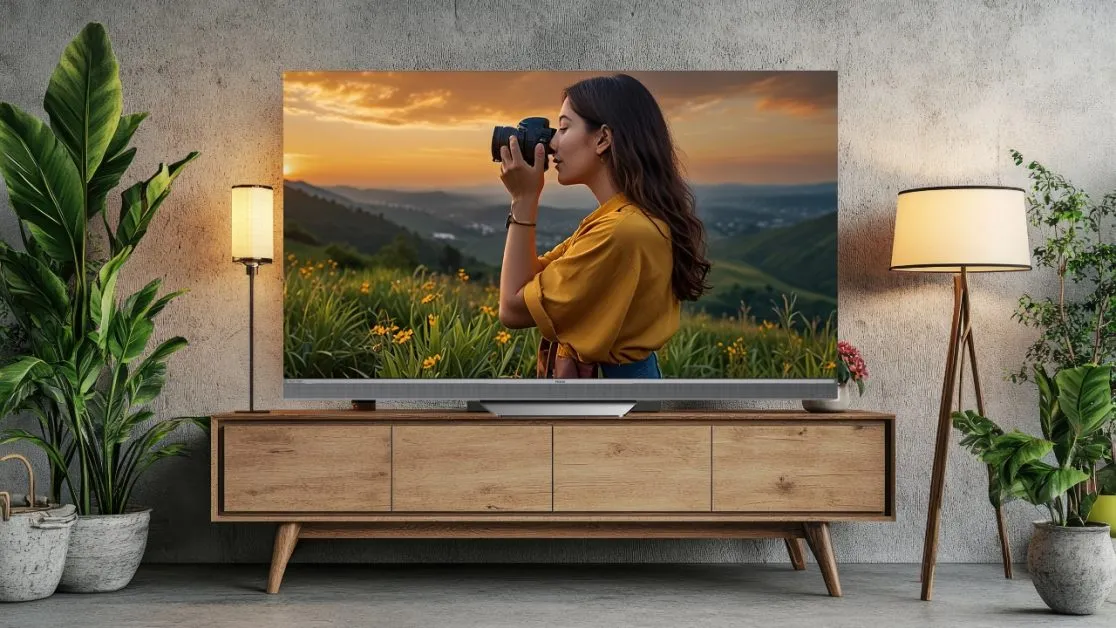
Mini LED displays utilize thousands of tiny LEDs, under 1mm wide, packed densely together on the backlight panel. This allows for far more precise local dimming control compared to conventional LED-LCD TVs, with the ability to turn off individual LED zones. The result is LCD screens that can achieve OLED-like levels of contrast and HDR performance, with inky blacks right next to bright highlights, without any risk of permanent burn-in that OLEDs face.
Manufacturing mini LEDs is challenging but brands like Haier believe the picture quality benefits are worth investing in for high-end televisions and monitors, providing an LCD alternative to compete with OLED. Mini LED also doesn’t have the blue light and eye strain issues of OLED.
Haier Mini LED H75M95EUX is Mini LED TV designed by Haier with features:
- Dolby Vision IQ and Dolby Atmos provide excellent picture quality and immersive audio.
- MEMC 144Hz and 120Hz deliver smooth motion and reduced blur for fast-paced content.
- Harmon Kardon speakers offer rich, balanced audio.
- dbx-tv enhances and optimizes sound quality.
- Hands-free voice control allows operating the TV and smart home devices through voice commands.
- Google TV provides personalized and curated content recommendations.
- Game mode with VRR and ALLM enhances gaming performance.
- 3GB RAM + 32GB storage enables smooth multitasking and ample storage space.
In summary, it has excellent picture and audio quality, smart voice control and recommendations, optimized gaming features, and good hardware for smooth performance.
The Future is Here
As we’ve seen, there are many amazing things happening in LED TV technology right now that can make your viewing experience better than ever before. No matter what you care most about – whether it’s 4K’s sharp detail, OLED’s perfect blacks, or HDR’s dynamic range – there is a television out there waiting for you.
When choosing between them, consider where it will be viewed most often as well as how much light enters into that space, along with any other necessary accommodations such as budgets or room layouts. Don’t be afraid to look at different models side by side because nothing beats seeing them all together!

